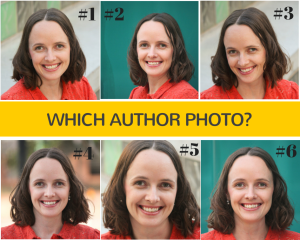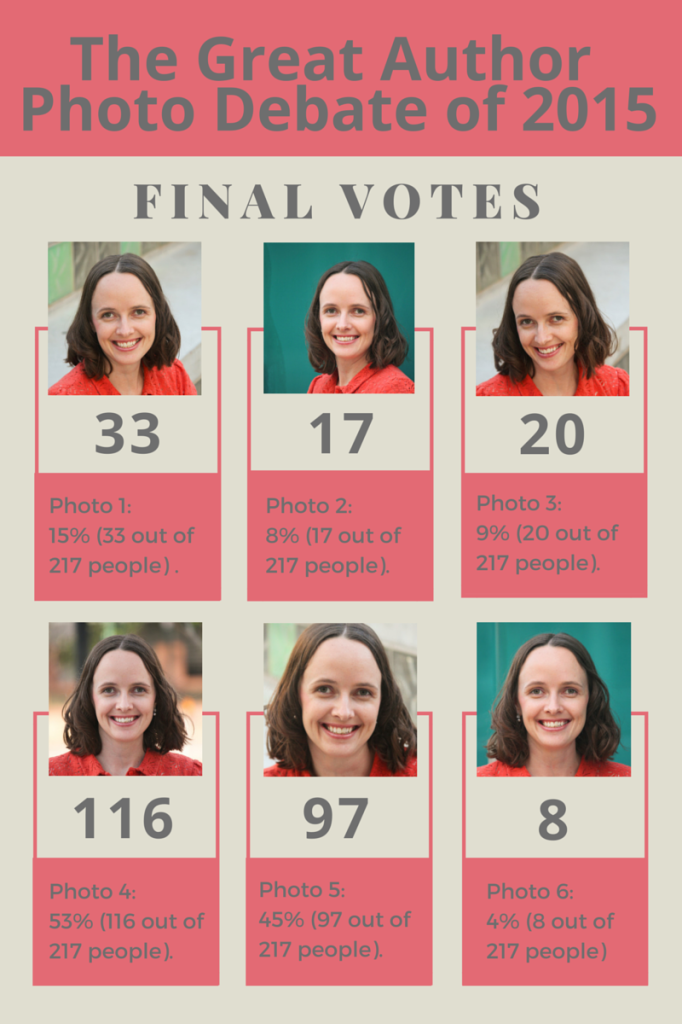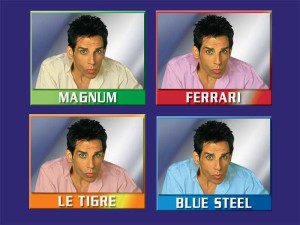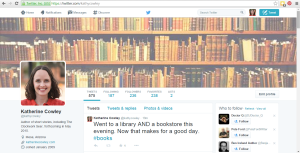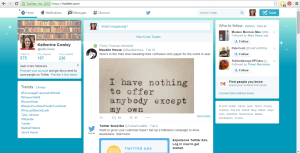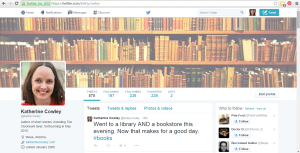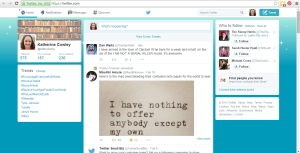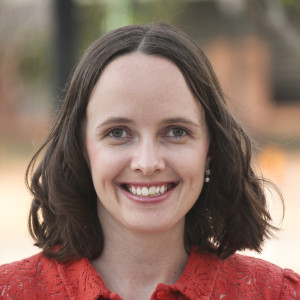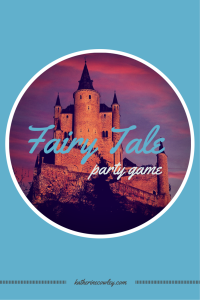
I threw a happily ever after activity last night for a group of teenagers and adults. I spent a while searching online for the perfect fairy tale party game, but none were to be found, so I created my own, based on Disney versions of fairy tales. You can print out all the components you need to play it for free.
The Fairy Tale Party Game
Description: Create new fairy tales by mixing up characters and story elements in this free, funny, fairy tale party game that can work for large or small groups. Now Rapunzel can marry Prince Eric and defeat a mythical bear. Ursula can find her own happily ever after by fighting evil princess Aurora and marrying Simba, the lion king. The possibilities are endless!
The Background: Fairy tales have a handful of essential parts–a protagonist, a love interest, a villain, and then in regards to plot, there are a few core elements. I’ve simplified 12 Disney versions of fairy tales into these elements.
Fairy Tales used (Disney versions): Rapunzel, Brave, The Little Mermaid, Pocahontas, Frozen, Snow White, Sleeping Beauty, Mulan, Lion King, Aladdin, Beauty and the Beast, the Princess and the Frog
Who can play: This game is specifically designed for teenagers and adults, but could be simplified if you wanted to use it for younger children.
Number of players: 4-30. There are 6 presorted packets of fairy tales–you can use some or all of them. Group sizes could range from 2 to 5 players. We played with 4 groups of 2-3 people each. If your party or activity has more than 30 people, you could print off multiple copies of the packets–each group is bound to create an original fairy tale.
Game Play: Each group receives a packet containing six characters and twelve plot elements. The group chooses three of the six characters, assigning one to be the protagonist, another to be the love interest, and another to be the enemy (note that traditional roles can be ignored–Jafar or Mother Gothel could be the protagonist). Next, the group selects six of the twelve plot elements in order to tell a new story with these characters. The group chooses an order for the story elements. Minor adjustments to the plot elements can be made in order to improve the story.
After about fifteen minutes, each group shares the new story with everyone at the party. Stories will range from funny to surprising.
Preparing the Game:
Print the first file, Fairy Tale Game File 1 Labels on card stock. I used two colors–one for the types of characters, and another for the plot elements. Tape the characters and plot elements on the wall in order.
Print the second file, Fairy Tale Game File 2 Game Pieces. This is all the game pieces, already organized into mixed-up groupings. Put each group’s papers into a manila envelope of folder.
Have tape handy, and have each group tape their new fairy tale to the wall once it is completed.
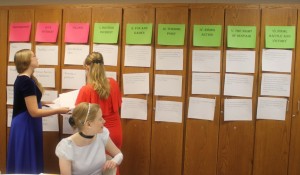
The Plot Elements
Before starting the game, I read an example of a normal Disney fairy tale, showing how it fits in the standard plot structure. Here’s the example of Rapunzel’s story from Tangled:
Protagonist: Rapunzel
Love Interest: Flynn Ryder
Enemy: Mother Gothel
Inciting Incident: [Protagonist] leaves her tower with [love interest] as a guide.
Fun and Games: [Protagonist] and [Love Interest] make friends with all sorts of hoodlums at a not-so-friendly tavern called the Snuggly Duckling.
Turning Point: People chase [Protagonist] and [Love Interest]. They fight enemies at a dam, and they barely escape!
Rising Action: [The villain] tries to convince [the protagonist] to give up.
The Night of Despair: [The love interest] betrays our [protagonist] for money and, heartbroken, [protagonist] returns to her tower with [the villain].
Final Battle and Victory: [The love interest] returns and is injured by the [villain]. [Protagonist] is willing to give up her freedom to save [the love interest]. [Love interest] cuts off [protagonists] hair and [the villain] falls out of the tower.
Note: this six part plot structure is inspired by Blake Snyder’s book on screenwriting, Save the Cat.
Variations:
- Mix up the fairy tales in new configurations.
- Add “Write your own plot elements” or “Choose your own protagonist” papers for each group.
- Print them as cards rather than large papers for the wall.
In the works: I’m looking at turning this fairy tale party game into a card game, which would be nice and compact. I will update when and if I can make that happen!
Original castle image: lapidim via flickr, Creative Commons license

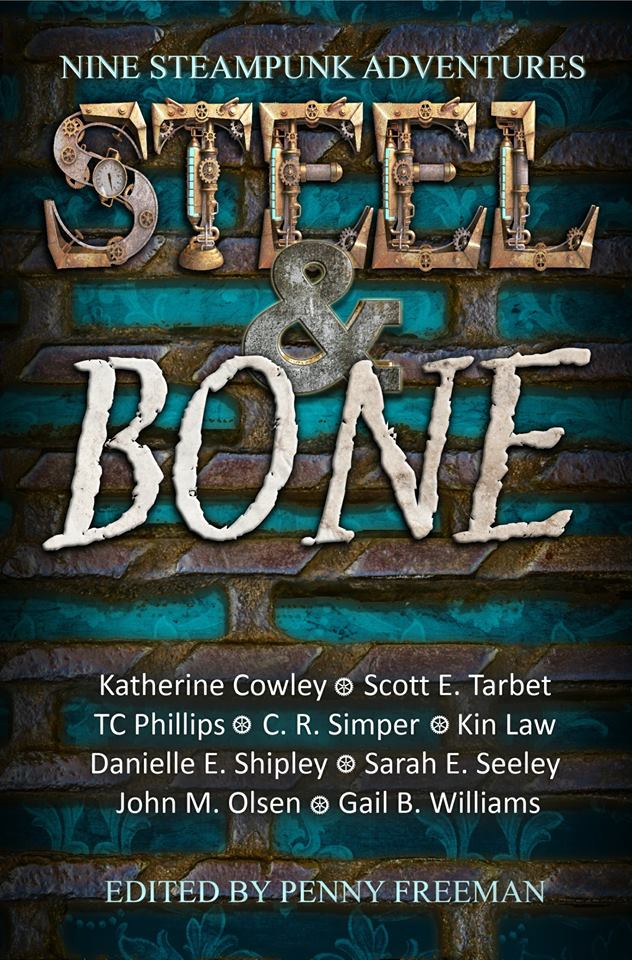

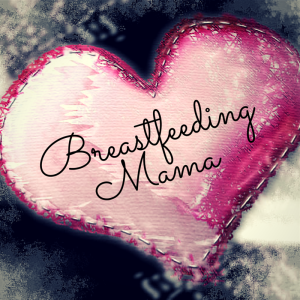
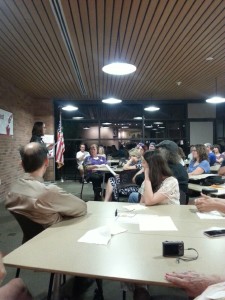 The Essay’s New Home:
The Essay’s New Home: